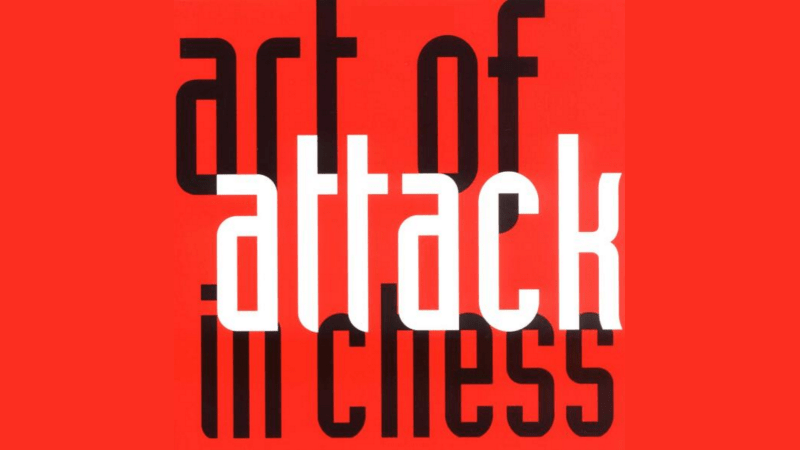
Instructive Games: Kamsky's "Greek Gift" against Shankland
I was recently working on attacking patterns with a young student. Naturally, one of the first patterns we discussed was the classic Bxh7+ sacrifice. This sacrifice is often known as the Greek Gift sacrifice - God, and possibly Edward Winter, knows why. To demonstrate variations on the pattern, I pulled several examples from Vukovic's absolute classic "Art of Attack in Chess". The book is outstanding in many respects, but the chapter on the Greek Gift sacrifice is particularly famous. It's an excellent discussion of the sacrifice itself, but it's also a perfect example of variations on a pattern.
On a personal level, I have always had a fondness for the Greek Gift sacrifice as the first opening I learned was a Colle/Stonewall system as White. In these systems, the Greek Gift is often a key attacking idea for White, and I was happy to land a few such sacrifices before I moved on to more strategically diverse openings.
All this said, I was very happy to see Kamsky's Greek Gift sacrifice against Shankland in the Eastern Class Championship posted at http://www.uschess.org/content/view/12592/757/. This is the second weekend open that I am aware of Kamsky attending. I was fortunate to play in the Marchand Open (personal review here) which Kamsky attended. Kamsky's attendance was a pleasant surprise, and he really raised the tone of the event.
Back to the game  one rarely sees the Bxh7 sacrifice in such a high level game as it is such a well known idea that few strong opponents will allow it. Kamsky's particular incarnation (it has actually been played before) is relatively unique though. Several pieces had been exchanged, and it is not possible to quickly add reinforcements. His knight is even on d2 instead of f3 so that he cannot immediately play the usual Ng5 follow up. However, Black was so tied down that Kamsky was able to build up without allowing Shankland any counterchances.
one rarely sees the Bxh7 sacrifice in such a high level game as it is such a well known idea that few strong opponents will allow it. Kamsky's particular incarnation (it has actually been played before) is relatively unique though. Several pieces had been exchanged, and it is not possible to quickly add reinforcements. His knight is even on d2 instead of f3 so that he cannot immediately play the usual Ng5 follow up. However, Black was so tied down that Kamsky was able to build up without allowing Shankland any counterchances.
Should there ever be another addition of "Art of Attack in Chess", this game would be an excellent addition.
I think this game is instructive in several ways. Here are two thoughts that I found particularly enlightening in reviewing the game.
- The threat is often stronger than it's execution - A key idea of Kamsky's is to play Qh7+ Kf8 Qh8+ Ke7 and Qxg7+. This line is generally better for him, but it allows Shankland's king to escape, and the game will continue. As Shankland cannot prevent this threat, Kamsky waits to play it and continues building up his attack. When he finally executes this threat, the game is just over.
- There is no such thing as a quiet position - I suspect Shankland was lulled into a slight sense of complacency by Kamsky's stolid opening choice. There is danger in every position, and we must always be alert to possibilities for both sides. To further illustrate this idea, here is a nice trick Anand showed in a "quiet" variation of his draw against Kramnik in the FIDE Candidates tournament today.
Enjoy the game!


